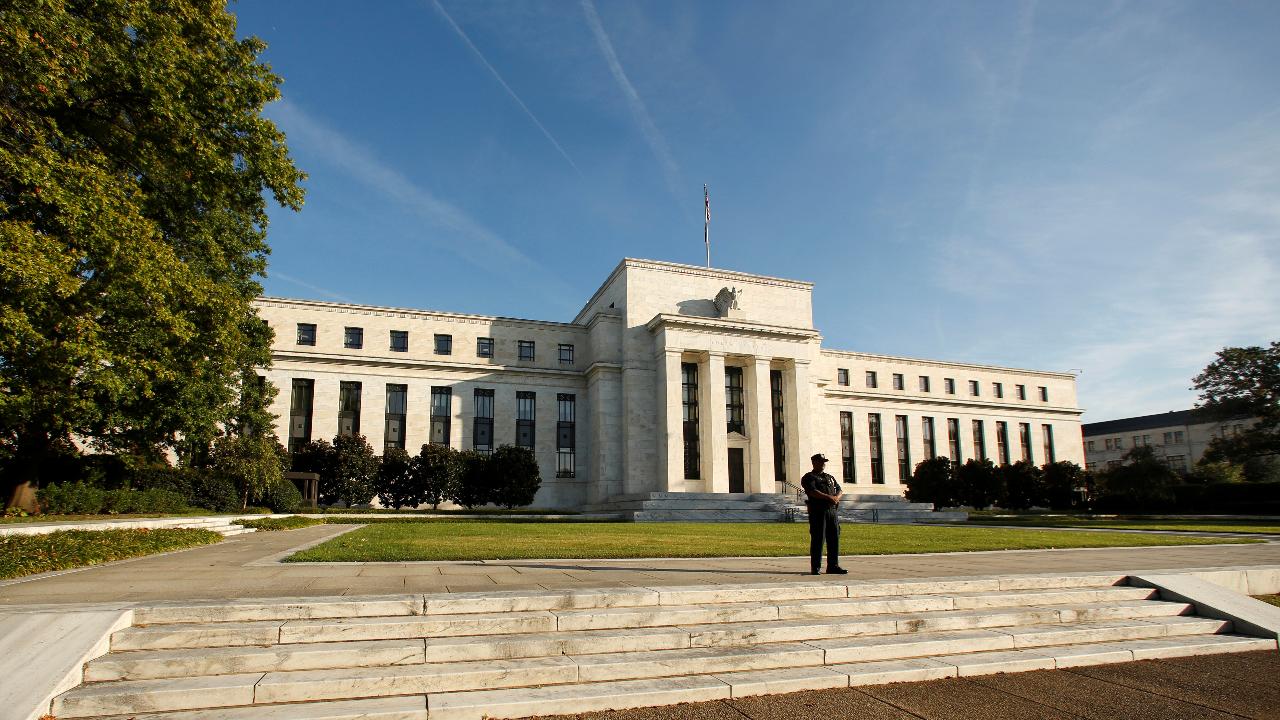The Fed just lowered interest rates: Why you should care
Good news for borrowers: The Federal Reserve lowered interest rates for the second time this year on Wednesday afternoon.
Policymakers at the U.S. central bank cut the benchmark federal funds rate by 25 basis points, dropping it to a range between 1.75 percent and 2 percent. So what does it mean, exactly, for your own personal finances?
The interbank lending rate – which policymakers at the U.S. central bank voted to raise four times in 2018 – can affect consumers by increasing borrowing costs. That includes things like auto loans and credit cards; even a slightly lower rate for both can mean thousands of dollars in savings for consumers.
For consumers, that can be both good and bad news, according to Curt Long, the chief economist and vice president of research at the National Association of Federally-Insured Credit Unions.
“It kind of depends on which side of the fence they’re on,” he said. “If you’re potentially going to be a borrower in the near future, the fact that the Fed seems determined to be patient, in their words, is probably good news. It means rates will probably stay lower than they would have otherwise. On the other hand, if you’re a saver, that might not be as good of news for you.”
That’s because some banks and credit unions will increase their savings rate during Fed hikes, making it a good chance for consumers – particularly retirees living off of their savings – to earn more.
The correlation isn’t quite so direct, however: The Fed raises the cost of borrowing for banks, which in turn passes that along to consumers. Congress tasked the central bank in 1977 with promoting “maximum employment, production and purchasing power” by keeping the cost of goods stable and creating solid labor-market conditions.
One of the most potent tools in the Fed’s arsenal is interest rates. But Kevin Philip, managing director at Bel Air Investment Advisors, noted that modest cuts won't have a large impact on consumers' financial lives -- though he said they can help with debt reduction.
"Interest rates at some point will go higher, and it’s important to reduce in good times so as to not feel overburdened in leaner economic times," he said.
Typically, when policymakers are trying to spur additional consumer spending, they lower interest rates to reduce the cost of borrowing (during the recession in 2008, for instance, the Fed lowered them to effectively zero and did not raise them again until 2015). Conversely, to avoid inflation and cool the economy, it will raise rates to make borrowing more expensive.
CLICK HERE TO READ MORE ON FOX BUSINESS
Generally, the Fed tries to maintain a federal funds rate between 2 percent and 5 percent; it last raised rates in December, but essentially reversed that decision in July, when it cut interest rates for the first time in a decade, thanks to growing economic uncertainties – like the fallout from the U.S.-China trade war, concerns of slowing growth and the increased likelihood of a no-deal Brexit.




















